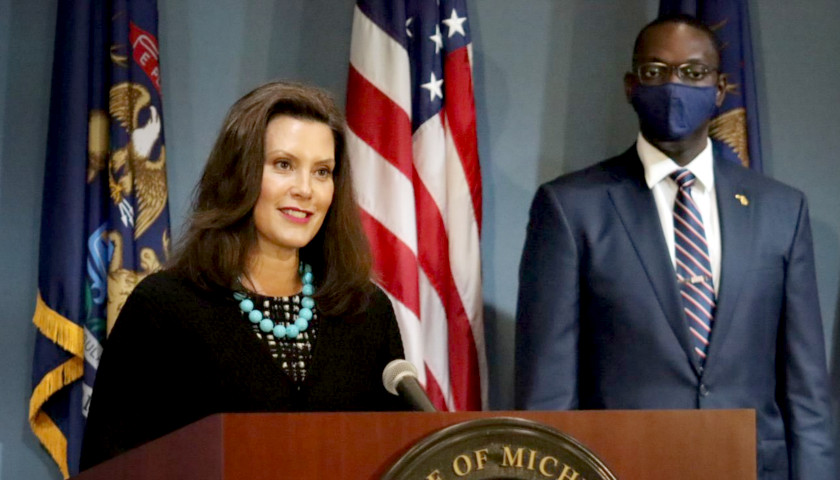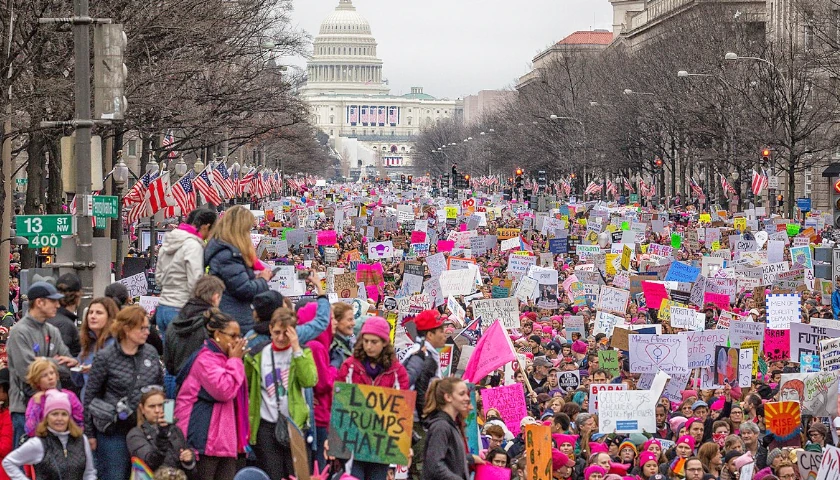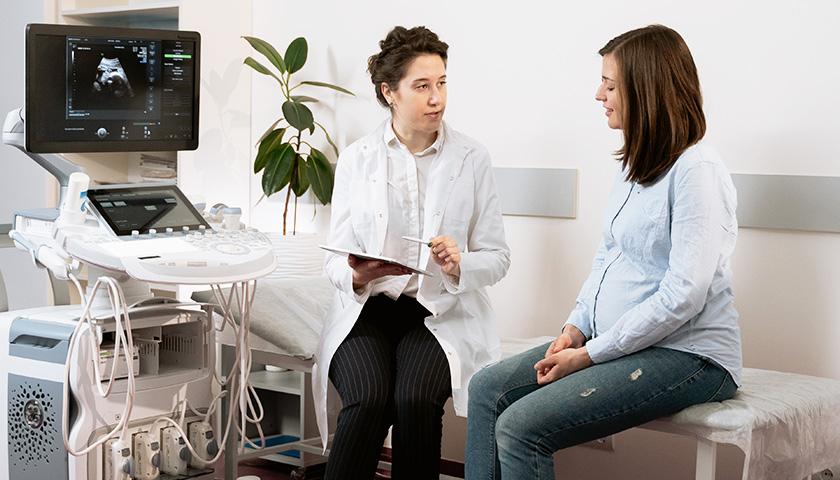by Bruce Walker
The Michigan Supreme Court on Friday struck down Gov. Gretchen Whitmer’s extension of emergency powers past their initial April 30 expiration.
The governor first implemented emergency authority on March 10 in an attempt to stem the COVID-19 pandemic. All told, she has issued more than 190 executive orders, more than issued by the governors of all Michigan’s neighboring states combined.
Not every executive order issued by Whitmer, however, dealt with public safety issues related to COVID-19.
Executive Order 182-2020, issued on Sept. 23, for example, established the MI Healthy Climate initiative. The order aims to transform Michigan into a carbon-neutral state by 2050, with an interim goal to reduce greenhouse gas emissions to 28% below 1990 levels by 2025.
The Supreme Court ruled that any executive orders after April 30 “lack any basis under Michigan law,” thus rendering the initiative unenforceable unless the Michigan legislature passes a similar law – a highly unlikely prospect for the time being given Republicans control both the Michigan House of Representatives and the Senate.
Touting her plan as protecting public health and the environment, the governor also stated it would promote clean-energy jobs as Michigan government officials work with other states to counteract the perceived negative effects of climate change.
“The science is clear – climate change is directly impacting our public health, environment, our economy, and our families,” Whitmer said in a statement in September. “This dangerous reality is already causing harm throughout Michigan, with communities of color and low-income Michiganders suffering disproportionately, which is why I’m taking immediate action to protect our state. We owe it to our children and grandchildren to leave them a cleaner, safer and healthier world.”
She offered no projections of what her MI Healthy Climate would cost, nor did she provide precise details of what the plan would initially entail. EO 182, however, established an advisory council to be administered by the Michigan Department of Environment, Great Lakes and Energy (EGLE). Another EGLE bureau, the Office of Climate and Energy, was established by Whitmer’s Executive Directive 2020, issued at the same day as EO 182.
Whitmer’s directive also mandated the Michigan Department of Treasury to develop and implement an Energy Transition Impact Project to provide employment to energy workers who might be displaced during the transition as well as assist communities in providing necessary services in the event of energy shortages.
In remarks given to a video conference conducted Sept. 23 by the 25 state governors who are members of the U.S. Climate Alliance, Whitmer cited last May’s massive flooding in mid-Michigan as one example of the effects of climate change and the immediate need to implement mitigation efforts. She called the subsequent massive flooding in Gladwin and Midland counties evidence of climate change, but made no mention of the two aging dams that failed during the intense rainfall.
– – –
Bruce Walker is a regional editor at The Center Square. He previously worked as editor at the Mackinac Center for Public Policy’s MichiganScience magazine and The Heartland Institute’s InfoTech & Telecom News.





